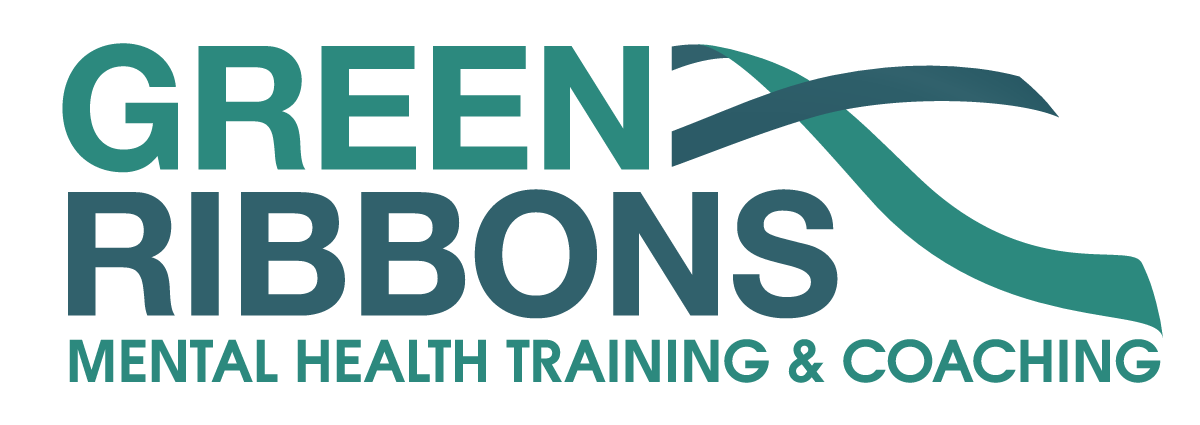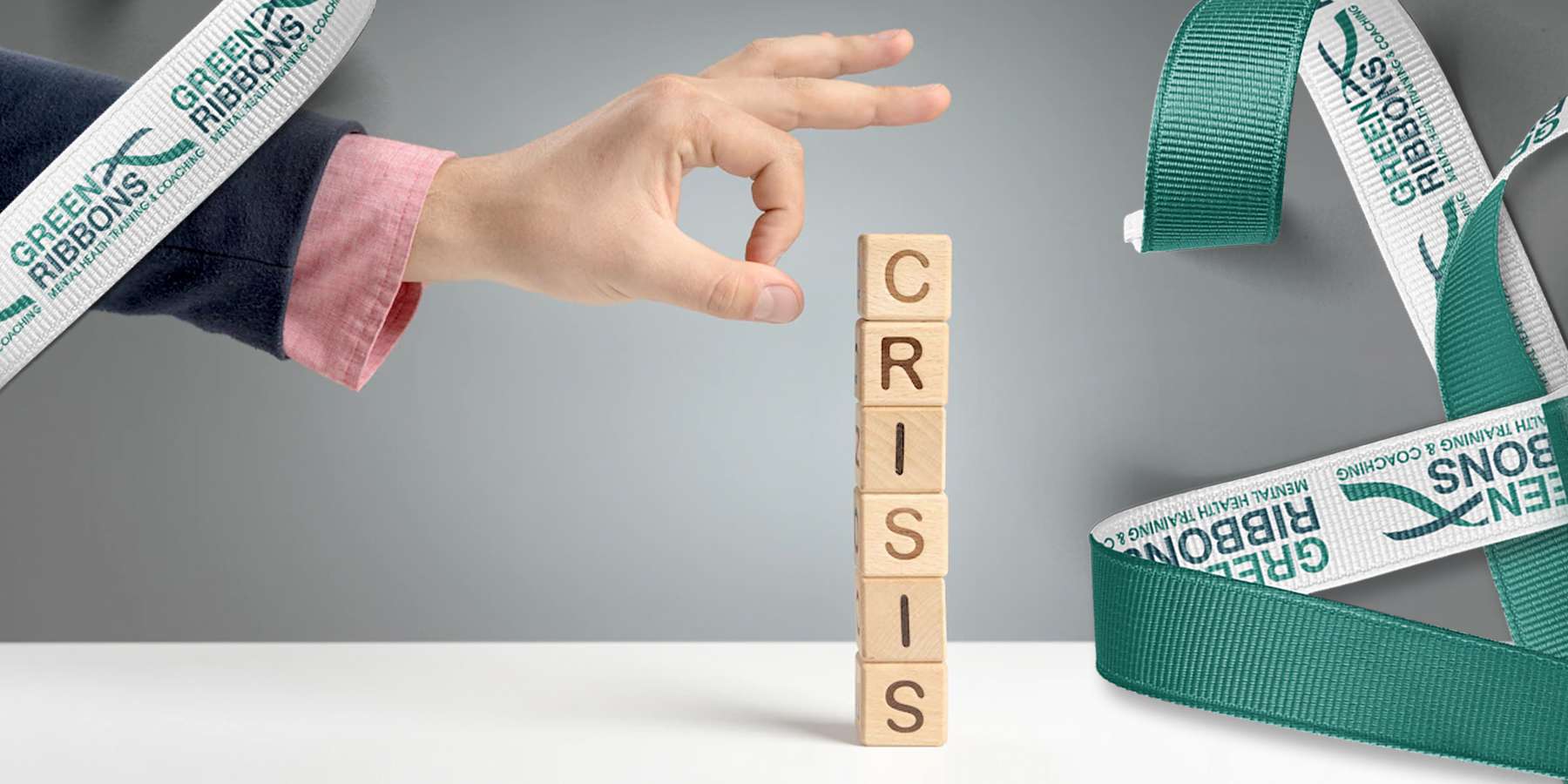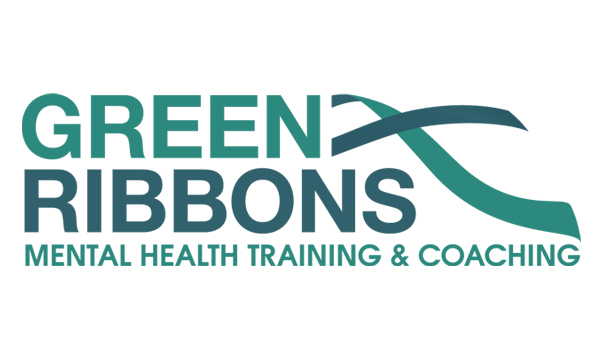Introduction
When it comes to mental health, the unexpected can often lead to a sense of chaos and confusion. However, with a solid crisis plan in place, it’s possible to weather these storms with greater resilience and confidence. This blog post will shine a light on the concept of mental health crisis planning, outlining its importance, and providing a practical guide to formulating your own personalised plan.
Understanding Crisis
At its core, a mental health crisis represents a significant disruption in our ability to function in daily life, caused by distressing mental or emotional experiences. This could manifest in a variety of ways, from sudden emotional breakdowns to prolonged periods of debilitating anxiety, depression, or other mental health conditions.
Every person’s experience with crisis is unique. It’s a complex interplay of personal, social, and environmental factors. Common triggers can range from stressful life events like job loss or bereavement, to significant changes in routines or physical health.
However, despite the differences, one common thread ties these experiences together: impact. A mental health crisis affects more than just our minds. It seeps into every aspect of life, from relationships and work to physical health and self-perception. The ripple effects can be profound, influencing not just our own lives but those around us.
Recognising these triggers and understanding their potential impacts is the first step towards effective crisis planning. Awareness creates an opportunity for proactive management, setting the stage for a comprehensive and personalised crisis plan.
The Need for a Crisis Plan
Think of mental health as a journey. Along the way, there may be smooth roads, but there can also be unexpected turns, detours, or even storms. Having a crisis plan in place is akin to preparing for those eventualities, like carrying a map or an emergency kit during a trip.
Firstly, creating a crisis plan during a period of wellness offers the advantage of perspective. When we’re feeling well, we have a clearer, more rational outlook. It allows us to introspectively identify our signs and symptoms of declining mental health. This might be an altered sleep pattern, changes in appetite, declining interest in activities we usually enjoy, or increased feelings of anxiety or sadness. By recognising these early warning signs, we can act promptly, potentially preventing a minor issue from escalating into a crisis.
Secondly, formulating a crisis plan involves understanding personal needs and outlining helpful strategies. Each individual’s experience with mental health is unique, and what works for one person might not work for another. Therefore, having a personalised plan helps provide a sense of control and ownership over your mental health. It might include methods of self-care, medications that have been effective, and techniques to manage stress or anxiety, among others.
On the other hand, it is equally important to identify what isn’t helpful during a crisis. For some people, certain environments, behaviours, or even people can exacerbate their symptoms. Highlighting these in the plan can help us, and those who support us, avoid potential triggers or detrimental strategies during a crisis.
A crisis plan also involves outlining key contacts for support, which may include mental health professionals, trusted friends or family members, or helplines. It is a kind of ‘user manual’ for your support network, providing them with crucial insights and guidance on how to assist you during a crisis effectively.
The benefits of having a crisis plan are manifold. Beyond offering a heightened sense of control, it improves communication with your support network, providing them with clear, pre-considered guidance on how best to assist during a crisis. It allows for proactive, rather than reactive, management of mental health, potentially reducing the severity or duration of a crisis.
In essence, a mental health crisis plan provides a roadmap to navigate through challenging times, acting as a bridge between the person we are in times of wellness and the support we might need in times of crisis. It’s a practical and powerful tool in maintaining and managing mental health, providing a beacon of control in the unpredictable sea of life.
Trusted Support in Crisis Planning
Involving trusted supporters in your crisis planning process is vital for several reasons. These individuals, whether they are friends, family members, or healthcare providers, will likely play a critical role during a crisis, acting as your first line of support.
Creating a crisis plan with these trusted individuals helps them understand your unique experience with mental health. It allows them to comprehend your signs of distress, your needs, and the specific steps they can take to help you during challenging times. This is especially significant during a crisis when articulating your needs might be difficult. A shared understanding of the crisis plan means they are primed to step in, offering targeted, effective support until you regain control.
Involving your support network in your crisis planning also fosters open communication and removes the element of surprise or uncertainty during a crisis. Knowing your plan, they can act promptly, with clear guidance on their role, further reducing any potential delay in getting you the help you need.
Introducing the Personal Guide to Well-being & Resilience
At Green Ribbons, we understand the complexities of mental health and the need for personalised support. With that in mind, we have developed the Personal Guide to Well-being & Resilience. This approach to crisis planning is built on the recognition that each person’s experience with mental health is unique, and their strategy for managing crises should reflect this.
The Guide is designed to walk you through creating a comprehensive crisis plan, which includes identifying warning signs, outlining effective self-care strategies, detailing unhelpful elements during a crisis, and forming a robust support network. It also guides your trusted supporters, helping them understand their role and providing them with strategies to support you effectively during a crisis.
However, our Guide goes beyond crisis management. It promotes overall well-being and resilience by including proactive strategies to manage stress, build resilience, and foster a positive mental health environment. By acknowledging that our mental health is a constant journey, not just something we think about during crises, the Personal Guide to Well-being & Resilience becomes more than a plan—it becomes an integral part of our lives.
Walkthrough of the Personal Guide to Well-being & Resilience
Our Personal Guide to Well-being & Resilience is composed of six key sections, each designed to cover a crucial aspect of your mental health journey and crisis management plan. Here is an in-depth walkthrough of the Guide:
Personal Warning Signs & Strategies
The first section is dedicated to identifying your personal warning signs and corresponding strategies. This section serves as your early detection system. It includes a list of symptoms or behaviours you typically exhibit during periods of heightened distress or the onset of a crisis.
For example, you might list sudden changes in sleep patterns, increased anxiety, or a loss of interest in activities you usually enjoy. Next to each warning sign, you’re prompted to note down effective strategies that have helped you cope in the past or new ones you would like to try.
This dual system of identification and action means you’re prepared to act swiftly when you start to recognise these signs, rather than being caught off guard.
Supportive Contacts List
In the next section, you’re encouraged to create a list of your most trusted contacts. These can include friends, family members, healthcare professionals, or helpline numbers. It’s essential to include people who understand your mental health journey and are aware of your crisis plan.
Remember to keep this list updated. If a supporter’s circumstances change and they can no longer be part of your support network, it’s crucial to make adjustments. You need a network that’s both reliable and available when you need them.
Preferred Help Plan
Your Preferred Help Plan is an outline of the specific steps you would like to be taken during a crisis. This could involve the immediate actions your support network should take, which healthcare professionals to contact, and your preferred forms of treatment.
This is also the place to highlight what isn’t helpful. If there are certain phrases that upset you, or actions that heighten your distress, list them here to ensure your support network knows to avoid them during a crisis.
Trusted Tasks Circle
This section is about practical support. List down daily tasks that might become difficult during a crisis, such as grocery shopping, paying bills, or walking the dog. Assign each task to a trusted supporter who has agreed to help with these duties if needed. By sharing these responsibilities among your network, you reduce the burden on any one individual and ensure your daily life continues smoothly.
Healing Milestones Tracker
Recovery isn’t linear, and recognising progress can be a powerful tool in the healing process. The Healing Milestones Tracker section is for noting down key recovery milestones. These could be anything from managing to go outside for a walk to having your first night of uninterrupted sleep.
Journey Journal
Lastly, we have the Journey Journal. This is your space for reflection and record-keeping. By regularly journaling about your mental health experiences, you can notice patterns, track improvements or declines, and gain insight into your mental health journey.
By using this Guide, you’re not just planning for crises but also actively engaging with your mental health in a structured, thoughtful, and proactive way. The Guide is designed to be flexible—your plan can and should change as your needs and circumstances do. Above all, remember this is your plan: it should reflect your experiences, your needs, and your journey. It’s a tool for you to take control of your mental health journey, to understand it better, and to communicate effectively with those who are there to support you.
Incorporating Peer Support
Central to our approach at Green Ribbons is the inclusion of peer support in crisis planning. The unique strength of peer support lies in the shared understanding and mutual empathy that only those with similar experiences can offer. Peers can provide validation, shared wisdom, and a comforting sense of, “I’m not alone in this journey.”
When incorporating peers into your crisis planning process, remember that this is an exercise in trust and mutual respect. Discussing mental health struggles is a deeply personal endeavour, and your peers should be those who can lend an empathetic ear, respect your boundaries, and contribute positively to your wellbeing.
Begin by having an open conversation with potential supporters, explaining your objective to create a robust crisis plan. Share with them the importance of their role and how their support can make a significant difference in times of crisis. The goal is to cultivate a partnership where they understand your warning signs, your preferred strategies, and your needs during challenging times.
Implementing Your Crisis Plan
As you complete your Personal Guide to Well-being & Resilience, you might wonder: “What next?” Implementing your crisis plan is about being proactive and taking control. Here are some practical steps to ensure the effectiveness of your crisis plan:
- Share Your Plan: Let your support network know about your plan. Provide them with a copy, if appropriate, and discuss it with them. This conversation can be challenging, but remember, it’s an important part of taking control of your mental health journey.
- Practice Makes Perfect: Familiarise yourself with your crisis plan when you’re well. Run through potential scenarios with your support network. This exercise can help you react more effectively when you’re in a real crisis.
- Review and Revise: Your crisis plan is not set in stone. As you grow and evolve, so should your plan. Regularly review your plan and make changes based on your current mental health needs.
While these steps seem straightforward, implementing a crisis plan can come with its own set of challenges. You might face resistance from certain people in your support network, or you might feel overwhelmed by the whole process. It’s crucial to remember that this journey is uniquely yours and moving at your own pace is perfectly okay.
Furthermore, seeking professional guidance can also be immensely beneficial. Therapists, counsellors, and mental health coaches can provide helpful insights and lend support as you navigate your mental health journey.
Remember, implementing your crisis plan is a testament to your strength and your proactive commitment to your mental health. It’s okay to face obstacles, and it’s okay to ask for help. After all, we’re all navigating this journey together, one step at a time.
Conclusion
Planning for a mental health crisis might initially seem like a daunting task. However, I hope that this guide has illuminated the profound importance of such a measure, and more importantly, demystified the process for you. To be forewarned is indeed to be forearmed, and it is this principle that underscores the need for crisis planning.
Your mental health journey is uniquely yours, and it comes with its own set of complexities, challenges, and victories. But remember, you’re not alone in this journey. You have the power to define your path, and part of that lies in identifying potential crisis points and being prepared to navigate through them.
Creating your Personal Guide to Well-being & Resilience is not just about anticipating crises; it’s about actively taking control of your mental health and equipping yourself with the tools necessary to maintain wellness. Through this guide, you’ll learn more about your triggers, you’ll find comfort in knowing that a plan is in place, and you’ll foster an open and constructive conversation with your support network.
Embracing the idea of a crisis plan is the first step towards proactive mental health management. It’s a stride towards empowering yourself, fostering resilience, and nurturing a sense of safety. It’s also a step that only you can take, but remember, you’re not taking it alone.
We’re a community here at Green Ribbons, a network of peers, mental health professionals, and caring individuals ready to support you. We’ve seen the power of connection and mutual support in action, and we’ve witnessed the transformative potential of personal crisis plans. That’s why we’re here to support you on your journey towards resilience and well-being.
I encourage you to reach out, to share, and to embrace the strength that comes with planning. In doing so, you are not just preparing for potential crises, but you’re also engaging with a community that understands, that cares, and that’s ready to stand by your side when you need it most.
Thank you for reading, and thank you for being part of our supportive community. Your story matters, your journey matters, and remember, even in the midst of a crisis, you are not alone.











